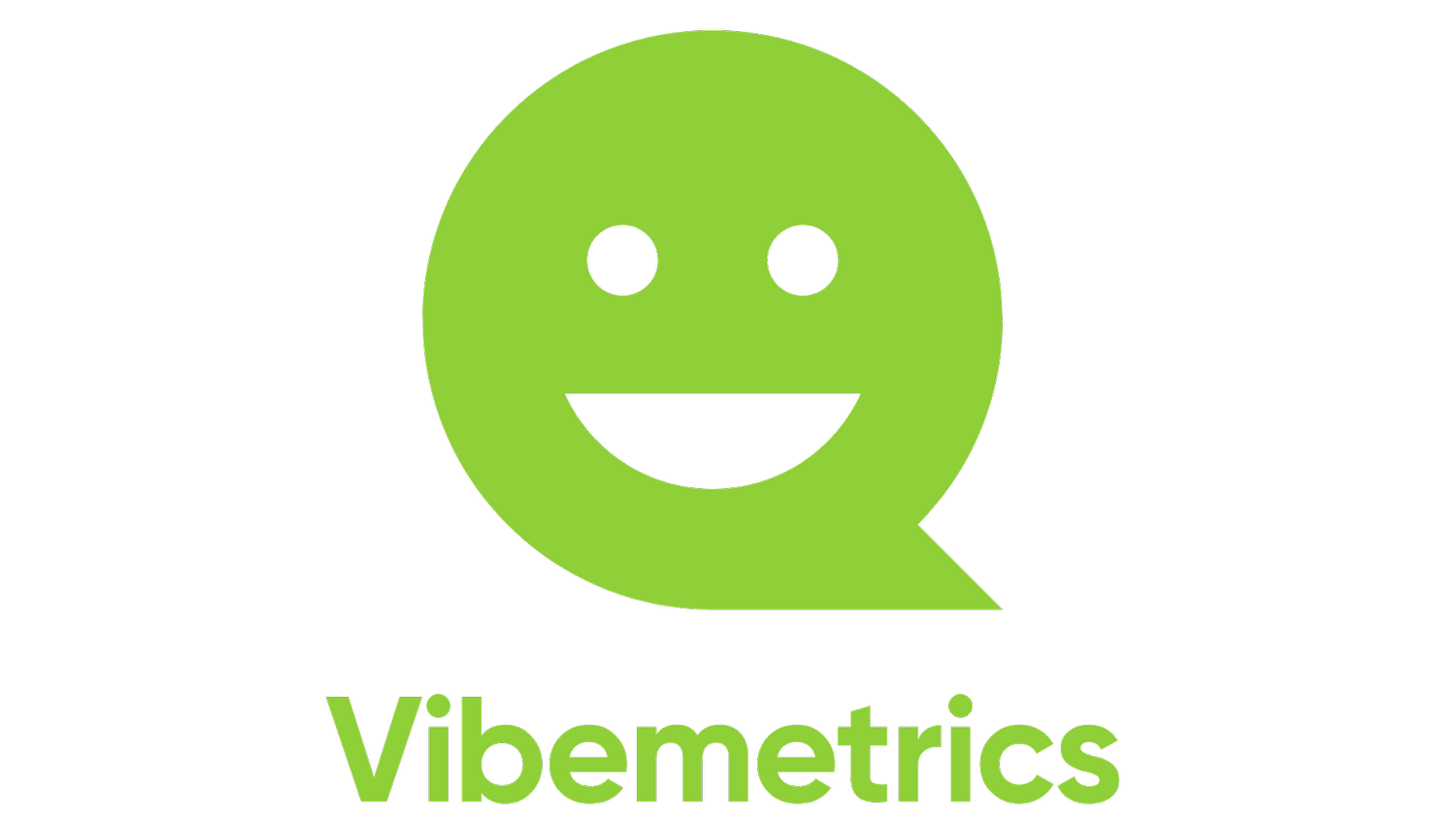Who decides what to ask staff?
There has long been a move away from top-down management towards a more dialogical approach in working life. Employee orientation is favoured in many activities, and horizontal cooperation has also been facilitated to a large extent. In general, there has been an effort to increase dialogue between different parts of the organisation to improve the flow of knowledge, lessons and ideas. It is therefore funny that this is not reflected in the staff surveys.
Of course, the HR professionals who choose the questions or survey concepts are experts in HR management, well-being and cultural development. It can be thought that they have a good idea of what is worth asking. And, of course, it is also possible to think that it is up to the manager to decide what kind of culture he wants to create in his organisation and, on that basis, to choose the questionnaires that tell staff what they want more of and what is important.
But if you want to strengthen a culture where staff lead themselves, where team leaders are more like coordinators of collaboration between experts with collective responsibility, where people are expected to act with an "entrepreneurial attitude", to create a common understanding of what works and what needs to be improved, why on earth don't these people have a say in what is asked in surveys? However, the staff survey is a really effective way of getting an overall picture of what staff think about the issues being asked.
"In a modern organisation, the employee survey is the work community's own tool for understanding and developing itself."
The staff survey is also an investment, both in terms of direct money and time spent on it. When money is spent on one thing, it is spent away from another. When a year's worth of questions is spent asking about one thing, other things are left out. Employees need to perform and do their jobs, even if they have no say in how this good and valuable annual tool is used. Isn't that a bit funny?
Gradia did things differently. There, employee representatives have chosen the Gradia Vibemeter questions. In fact, the introduction of the Gradia Vibemeter was initiated by the staff.
Jyväskylä Education Group Gradia is an education provider owned by 12 municipalities in Central Finland. Gradia includes vocational schools and upper secondary schools. Gradia Jyväskylä also organises basic education and basic art education. Gradia has about 21 000 students and 1000 staff.
A few years ago, the board of OAJ Gradia decided to promote well-being at work and apply for funding from the OAJ Well-being at Work Fund. The plan received support from the employer and funding from the Towards a Degree Better Wellbeing at Work project in Gradia, and Birgitta Mannila, a teacher, was chosen to lead the project. One of the objectives of the project was to introduce a well-being monitoring tool. Vibemetrics' Vibemeter was chosen for the job, but its own version was modified to include different questions to be asked each week. Some of the questions are repeated throughout the year, so that a trend can be monitored. Some questions address current issues in terms of well-being at work.
"The Gradia Vibemeter has been an important and useful tool for communicating the feelings of the teaching staff during the past year of major collective bargaining at Gradia. With questions tailored to each stage, we have been able to elicit the opinions and feelings of staff across Gradia. The use of the mood meter is anonymous and thus encourages users to report even difficult issues that would be important to address in the workplace. During the past autumn of redundancies, the results of Gradia's Vibemeter provided the whole work community and management with meaningful information about the well-being and mood of the work community." - Birgitta Mannila
The questions have been created by the project team in collaboration with Vibemetrics. There has been an ongoing dialogue with the association's board and health and safety representatives, as well as with the management team and the board of directors. After the end of the project in spring-winter 2023, the creation of the questions was transferred to the OHS representatives. They use the old questions, but have also introduced new ones.
"With the help of the Vibemeter, we, the health and safety officers, are trying to find out what teachers and supervisors think about health and safety and how it is implemented at Gradia. This information helps us to improve our health and safety activities, as we take it back to the employer for information and to plan measures. The best approach would be to develop the questions for the staff surveys in cooperation with the employer and employee representatives. In this way, both perspectives and needs would be taken into account." - Ulla Koukkari-Anttonen & Markku Suominen, Health and Safety Representatives
There is nothing more to add. The best approach would be to design the questions in the staff surveys in such a way that both perspectives are taken into account.
Would you like to think about how employee representatives could be involved in the selection of questions for your staff and pulse surveys? Book an appointment for a presentationand we will help you!

